There can be your advertisement
300x150
How to Start Your Own Design Studio: The Story of Geometrium Founders
Pavel Gerasimov and Alexey Ivanov talk about how the successful business operates from the inside
We visited the co-working space with Pavel and Alexey from Geometrium and talked about nuances of working with a remote team, their own design school, how to properly delegate tasks, and why mistakes are normal.
Alexey Ivanov and Pavel Gerasimov
Founders of Geometrium Studio. They develop modern and eco-friendly interiors for private apartments, houses, and residential complexes of business and premium classes. They also have their own design school.
About Collaboration
Pavel is an artist-sculptor by education, his focus is sketches and 3D visualizations, interior styling, and furniture and decor selection. Alexey excels in technical aspects: designing layouts, details, drawings, and working documentation.
In the beginning, the boys simply helped each other. Pavel delegated technical documentation work to Alexey, and Alexey consulted with Pavel on colors and materials, handing over 3D visualizations for development. They didn't decide to unite into their own studio until later.
Geometrium Today
In five years, the team has grown to 23 people. Each works under a contract for ongoing projects. The studio rents office space in the co-working space 'Workstation' at Artplay. The studio starts work at 11 AM and finishes at 8 PM, but there is no strict schedule: you can start later or finish earlier if all tasks are completed.
Only two employees are usually in the office at any time, while others come as needed.
Managing a Studio Remotely
"It's important to set clear rules and motivation," Pavel says. "We break every project into small tasks, each with a defined execution standard. Payment is only made once the task is completed, the project stage is closed, and the client approves it."
We have structured our management process so that we can review project history at any time. Additionally, we conduct weekly online meetings and maintain textual reports with photos in cloud storage.
"One of us can live in other countries for months, and we often give lectures in various cities. Therefore, it's crucial to establish a remote process. All financial aspects of the business are handled by our partner, Point Bank: through an app we pay salaries to employees, pay taxes, and settle with foreign suppliers. In general, we delegated part of the responsibilities to them. Another benefit is that through Point Bank, we can handle tasks anytime and don’t need to worry about time zones when not at home,"
Managing studio processes from a distance or in an office makes no significant difference. Even if we're both in the office, people don’t communicate much about work—only during specially scheduled meetings.
Accounting and Financial Reporting
"We operate under a patent as an individual entrepreneur, so we need our accountant only a couple of times a year," explains Alexey. "Therefore, remote accounting is an optimal solution for us. Point Bank offers this service in a convenient way: they remind us about taxes, prepare the declaration and payment, and we just sign off."
The Importance of Delegating Tasks
At some point, the team fully immersed themselves in project implementation, taking on all the work. This approach didn’t pay off: clients were dissatisfied, profits were low, and project completion took too long.
Then the company decided to divide services and hire managers for renovation management and procurement coordinators. This made the services more complete, minimized client involvement, and ensured projects were executed as intended.
Challenges and Mistakes
"Sometimes clients feel we're doing too little, not investing enough in the project," Alexey says. "Especially if they're doing renovations for the first time. Since the client is hardly involved in the process, they simply don’t know how many issues arise during construction."
Something wasn't delivered, installed incorrectly, made not according to drawings, colors weren’t agreed upon, or a mistake was made—this is normal. It’s great when subcontractors are cooperative and solve problems quickly—we highly value such specialists.
Design School
When the need arose to hire more employees, it turned out that retraining experienced designers to fit the studio format was not easy: some had their own approach, others weren’t used to being meticulous. Pavel and Alexey then decided to train specialists themselves and organized a paid internship at the studio.
"Our school is open to everyone who wants to become a designer from scratch, has graduated from a university or design course, and wishes to try their hand at the profession," Pavel explains.
We teach how to take measurements, design layouts, create sketches, select furniture and materials, manage projects, and work with contractors. Additionally, our students gain experience working on all stages of a project and learn how to communicate with clients.
For the studio, the school is a source of loyal executors. Moreover, in summer, outside the peak design season, the studio sometimes operates at a loss. The school is active precisely during this time, thus compensating for losses.
Plans
"Firstly, we want to open a branch in the regions to reduce service prices and take on projects for the middle segment. Currently, we reject these," Pavel shares.
Secondly, we will develop the school and launch new courses with partners in interior visualization, as well as additional supportive and motivational programs to guide and inspire young professionals.
Among other goals is launching our own line of woodworking products for sale and manufacturing them on order. In a year or so, we plan to launch a franchise of the studio.
3 Quick Questions for Pavel and Alexey
Where to Find Clients?
Online, through personal connections, and partners. It's important to regularly attend events with target audiences, give lectures, build your expertise, and share useful information with the world! The more content you create and the more valuable it is to people, the more clients you get.
And Reliable Subcontractors?
Look, check, ask the right questions, and learn how the company operates. Ideally—share contacts with colleagues and get others in return. Help each other.
Risk of choosing subcontractors (counterparties) is one of the most significant. If a contractor can’t pay for the services or products provided, count your money as lost. To check business reputation, we use Point Bank’s services; by the way, we also check employees during hiring through this platform.
How to Find and Attract Developers
Working with developers is a very popular direction for designers. It offers a large volume of work, and a project for a residential complex can be handled by a team of 3–5 people.
You can attract developers through experience working with their target audience or by delivering interesting design solutions within a limited budget. The most important thing is execution—just pictures are no longer relevant. Real, live solutions are needed.
More articles:
 What is PVC Tile and How Can It Be Used?
What is PVC Tile and How Can It Be Used? Decorating a Small Kitchen: 5 Rules
Decorating a Small Kitchen: 5 Rules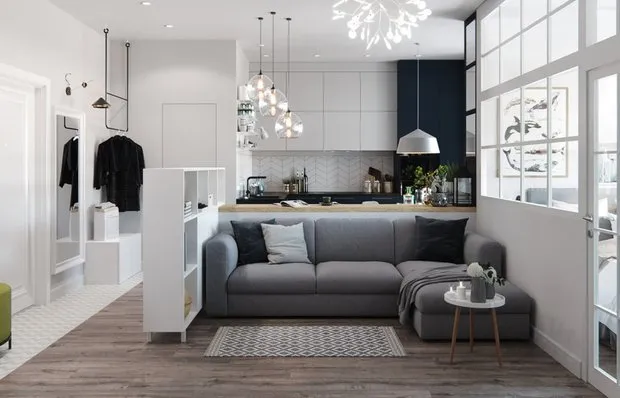 When the Choice Is Obvious: Benefits of Floor PVC Tiles
When the Choice Is Obvious: Benefits of Floor PVC Tiles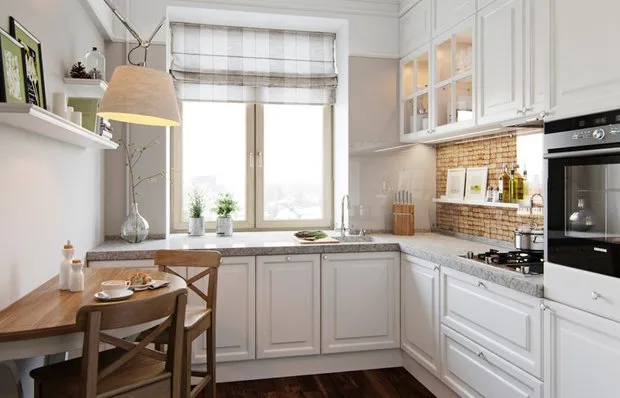 How to Arrange a Small Kitchen: 13 Tips
How to Arrange a Small Kitchen: 13 Tips Repair in Practice: How to Easily Remove Old Wallpaper
Repair in Practice: How to Easily Remove Old Wallpaper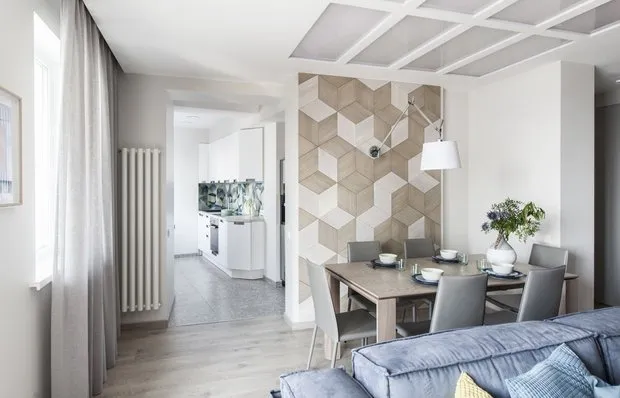 Laminated Interior: 8 Designer Ideas
Laminated Interior: 8 Designer Ideas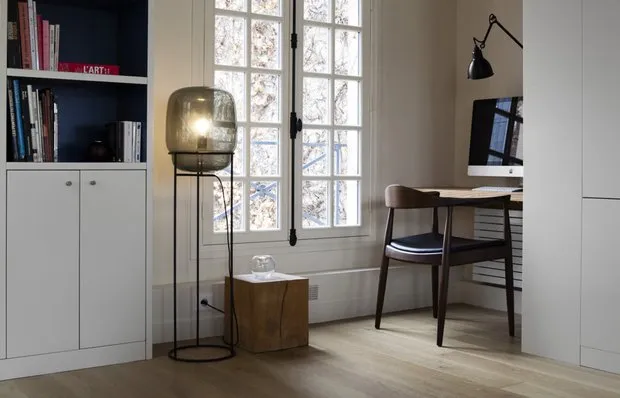 Cozy Apartment in Old Paris Quarter
Cozy Apartment in Old Paris Quarter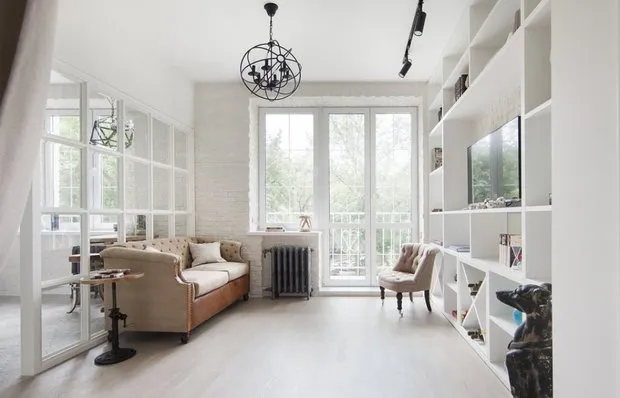 Frequently Asked Questions: How to Decorate a Small Apartment
Frequently Asked Questions: How to Decorate a Small Apartment